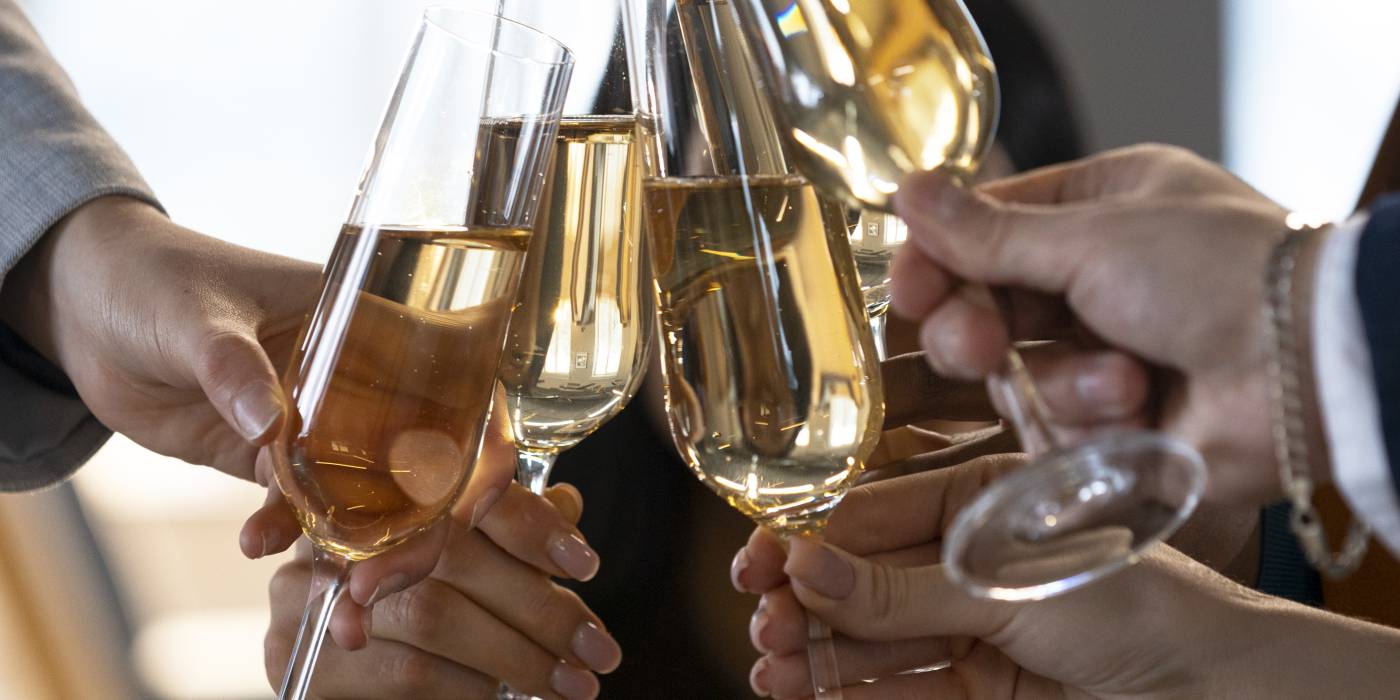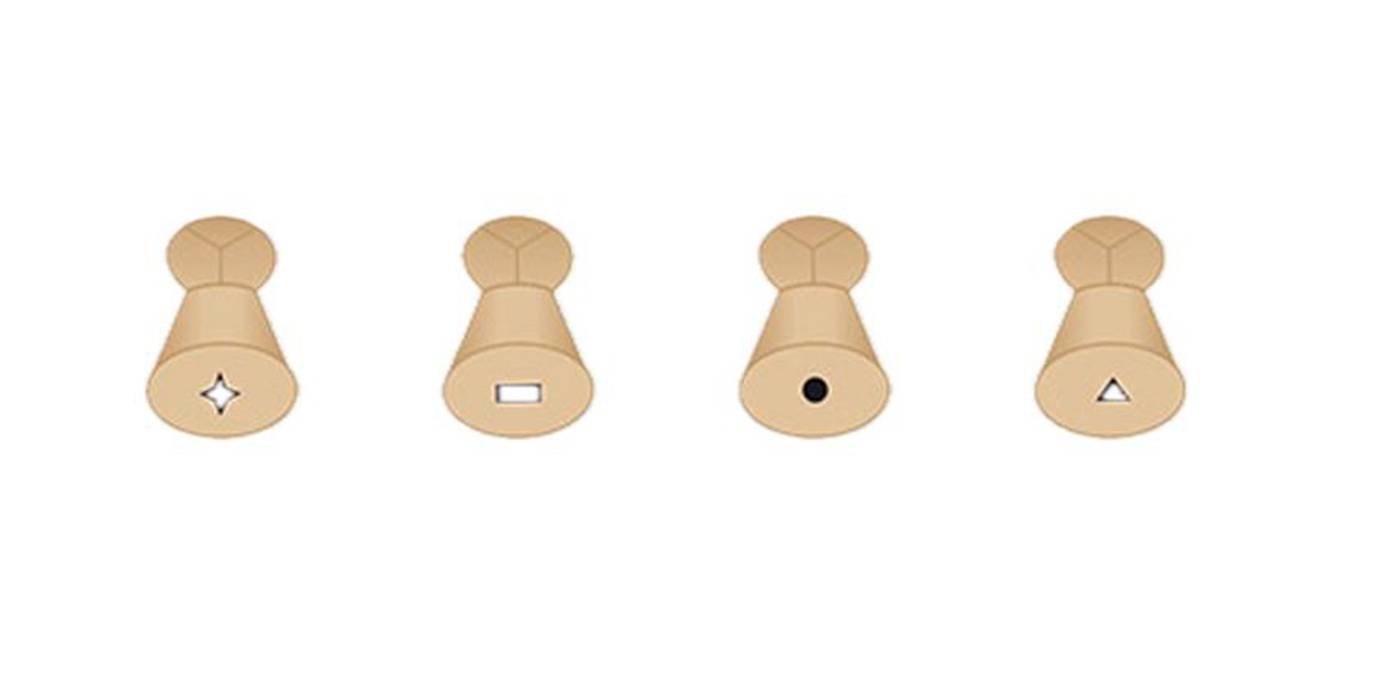We are going to take a look at the world of sparkling wines today. These wines date back to the 18th century when a monk, Dom Pérignon, discovered the Champagnoise method, otherwise known as the Traditional Method.
Before we move on though, we are going to see that wines are classed into 3 types.
- Still wine, wines that do not contain bubbles, whether white, rose, red, sweet, fortified...
- Semi-sparkling wine, wines that undergo a second fermentation in the bottle or vat to produce gas. The difference from sparkling wines is that the pressure must be less than 1-2.5 bar, and they are often sweet wines. In Italy they are known as Frizzante.
Exogenous gas can also be added, which would then make it a gasified semi-sparkling wine.
They are wines that are in the area between still and sparkling wines, as they can be similar to one or the other depending on the wine-making method employed. They are usually presented in slightly elongated bottles, narrower than Champagne bottles.
- Sparkling wine, wines that contain carbonic gas to a pressure over 3.5 bar.
Different methods can be used to make sparkling wines, which will ultimately define the final style:
1. Charmat method: A cuvée wine is taken but the second fermentation process does not take place in bottles, but rather in pressurised stainless steel tanks at a controlled temperature to ensure proper fermentation. Once it has fermented for a minimum of 21 days, it is finally bottled under pressure after being filtered.
2. Ancestral Method: This was most likely the first method for making sparkling wine.
The cuvée is made using traditional methods for making still wine. The cuvée is then subjected to a tirage process while it still contains some residual sugar and thus it continues to ferment and becomes a sparkling wine.
Secondary fermentation, or tirage, takes place in the bottles without adding any extra sugar (without tirage liqueur). It is the same cuvée wine, but fermentation is finished in the bottle.
There has been a recent emergence of small winemakers in the Penedés region who make their own sparkling wine using this method.
3. Gasification method: This method involves injecting carbonic gas directly into the wine in an industrial process, similar to gasified soda.
The bubbles are larger and less integrated in the wine than in the two previous processes.
The wine is bottled in pressure-resistant glass bottles, which are sealed using special caps.
4. Champenoise or Traditional method: This is the method used to make Cava in Spain or Champagne in France and it is perhaps the most well-known and highly rated method.
This method requires a second fermentation process in the bottle, i.e. taking a still cuvée, usually white or rosé, and causing a second fermentation process to take place in the bottle itself. Let us take a step-by-step look:
- preparation of still wine less than 11º proof (cuvée)
- addition of tirage liqueur (sugar + yeast)
- second fermentation in the bottle (bubbles are produced)
- ageing in the bottle (at least 9 months for cava and champagne)
- disgorging
- topping up with tirage liqueur (optional addition of sugar)

Depending on the sugar that is added in the tirage, the sparkling wine will be:
- Brut Nature, less than 3 grammes of residual sugar.
- Extra Brut, from 0 to 6 grammes of sugar.
- Brut, less than 12 grammes of sugar.
- Extra dry, from 12 to 17 grammes of residual sugar.
- Sparkling dry, from 17 to 32 grammes of sugar.
- Semidry, from 32 to 50 grammes of sugar.
- Finally, sweet sparkling wines containing at least 50 grammes of residual sugar per litre.
5. Pét-Nat: The most ancestral novelty, comprising wines that undergo a spontaneous second fermentation process in the bottle after the first fermentation process in the tank. No extra sugar, sulphite or ageing on the lees takes place. Although it is not strictly speaking a new invention, the Pétillant-Naturel tradition has been used in France for at least 500 years, even before champagne existed.
Now you know some of the methods that are used to make those coveted bubbles in our wine, but you will surely have wondered just how it has been made, so here’s a tip: look on the bottom of the cork to find the symbol:

• A star: This means the traditional method was used, i.e. a cuvée wine to the disgorging stage.
• A rectangle: A cava that has not fully completed the traditional method, but it has only been left to stand for two months and has not been disgorged to remove impurities.
• A circle: The cava fermentation process takes place in large tanks, and it is then bottled directly.
• A triangle: A sparkling wine that has not been made like a cava, but is actually a traditional wine to which carbonic gas has been artificially added to produce the bubbles.








